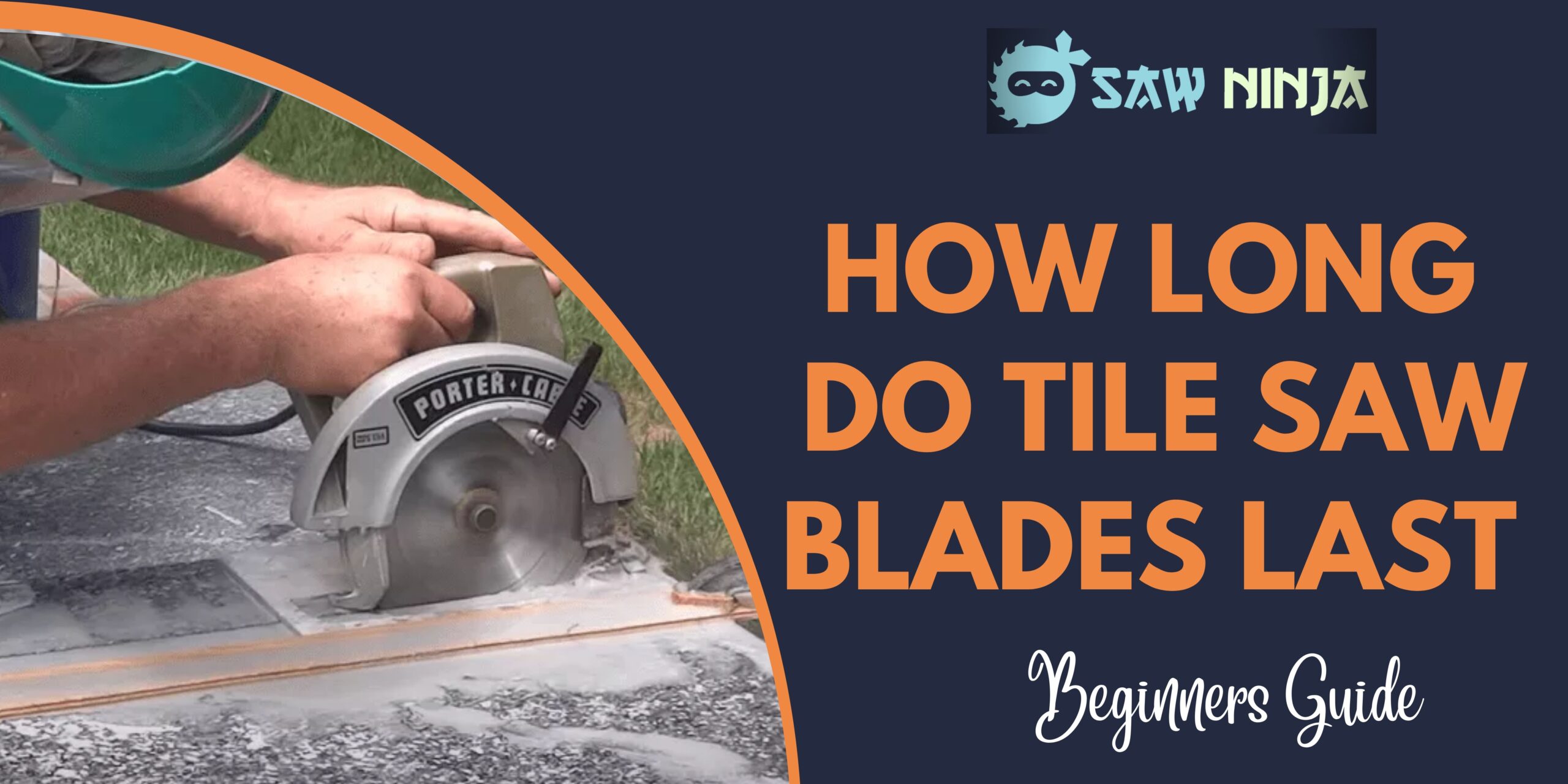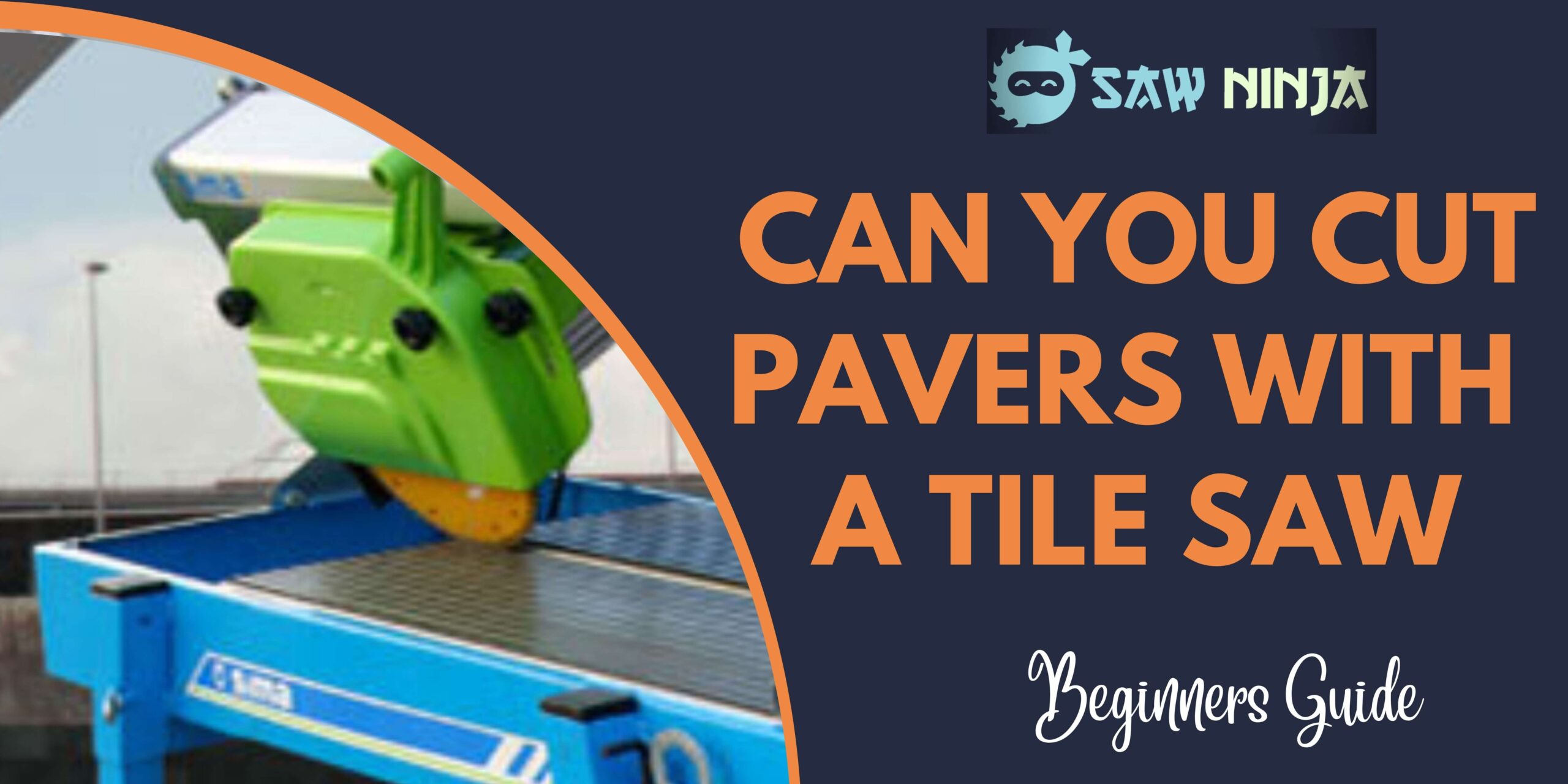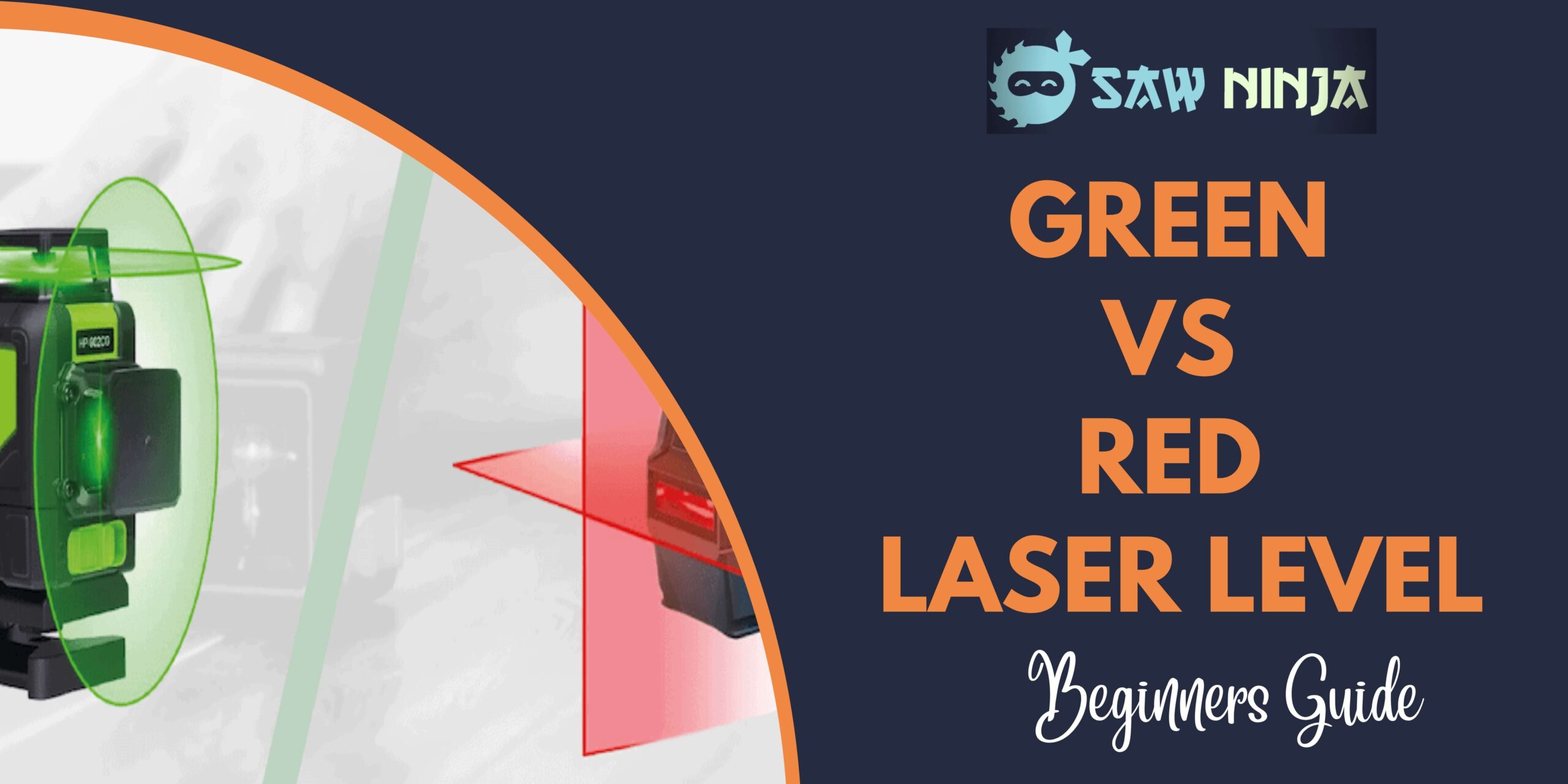As a building material, granite has many advantages: it’s strong, durable, and looks great. But what if you don’t have a big budget for your home renovation project? Can you still use granite? In this blog post, we’ll explore the options for cutting granite without breaking the bank. Stay tuned!
>>>> Do Laser Levels Work Outside?
Let’s get started!
Can You Cut Granite With a Tile Saw?
The short answer is: yes, you can cut granite with a tile saw. But there are a few things you need to keep in mind. First, granite is a lot harder than tile, so you’ll need to use a blade that’s designed for cutting hard materials. Second, granite is a lot heavier than tile, so you’ll need to make sure your saw is stable and can handle the weight. And finally, granite is a lot more brittle than tile, so you’ll need to be careful not to crack or chip the stone.
If you’re planning on cutting granite for your home renovation project, we recommend that you consult with a professional before getting started. They can help you choose the right saw and blade for the job, and they can also give you some tips on how to cut granite safely.
Granite Tile Properties
When it comes to tile properties, granite is on the harder side. This means that to cut it, you’ll need a saw with a blade that’s designed for cutting hard materials. The good news is that there are many types of saws on the market that can handle granite. The key is to find a stable one that can handle the weight of the granite.
>>> How to Use Laser Level for Floor?
Granite is also a lot more brittle than tile. This means that it’s more likely to crack or chip if it’s not cut properly. That’s why it’s important to consult with a professional before cutting granite for your home renovation project. They can help you choose the right saw and blade for the job, and they can also give you some tips on how to cut granite safely.
Wet Tile Saw For Cutting Granite
A wet tile saw is a type of saw that uses water to cool the blade and prevent the granite from overheating. This is important because overheating can cause the granite to crack or chip. Wet tile saws are available in a variety of sizes and can be used to cut granite slabs or tiles.
If you’re planning on cutting granite for your home renovation project, we recommend that you consult with a professional before getting started. They can help you choose the right saw and blade for the job, and they can also give you some tips on how to cut granite safely.
Right Blade To Use When Cutting Granite
The type of blade you use will depend on the type of saw you’re using. If you’re using a wet tile saw, you’ll need to use a blade that’s designed for cutting hard materials. There are many types of blades on the market that can handle granite. The key is to find a stable one that can handle the weight of the granite.
If you’re using a dry tile saw, you can use a standard blade. But keep in mind that dry tile saws are more likely to overheat the granite, which can cause it to crack or chip. So if you’re using a dry tile saw, we recommend that you consult with a professional before getting started.
They can help you choose the right saw and blade for the job, and they can also give you some tips on how to cut granite safely.
What Other Saws Can Cut Granite:
If you don’t have a wet tile saw, there are a few other types of saws that can be used to cut granite. These include:
-Circular saws: Circular saws can be used to cut granite, but they’re more likely to overheat the stone and cause it to crack or chip. So if you’re using a circular saw, we recommend that you consult with a professional before getting started.
-Angle grinders: Angle grinders are another option for cutting granite, but they can be difficult to control. So if you’re using an angle grinder, we recommend that you consult with a professional before getting started.
-Diamond blades: Diamond blades can be used to cut granite, but they’re more likely to overheat the stone and cause it to crack or chip. So if you’re using a diamond blade, we recommend that you consult with a professional before getting started.
Cutting granite can be a challenging task, but it’s doable with the right tools and a little bit of know-how. If you’re planning on cutting granite for your home renovation project, we recommend that you consult with a professional before getting started.
They can help you choose the right saw and blade for the job, and they can also give you some tips on how to cut granite safely.
FAQs
Q: Can I cut granite with a tile saw?
A: Yes, you can cut granite with a tile saw. But keep in mind that granite is a lot more brittle than tile. This means that it’s more likely to crack or chip if it’s not cut properly.
That’s why it’s important to consult with a professional before cutting granite for your home renovation project. They can help you choose the right saw and blade for the job, and they can also give you some tips on how to cut granite safely.
Q: What type of blade do I need to use?
A: The type of blade you’ll need to use depends on the type of saw you’re using. If you’re using a wet tile saw, you’ll need to use a blade that’s designed for cutting hard materials. There are many types of blades on the market that can handle granite. The key is to find a stable one that can handle the weight of the granite.
Conclusion
In conclusion, if you are looking to cut granite with a tile saw there are a few things that you will need to do to make the process go smoothly. Make sure that you have the right tools and follow our step-by-step guide for the best results.
If you have any questions about the process or would like some additional advice, please feel free to reach out to us. We are always happy to help!


























